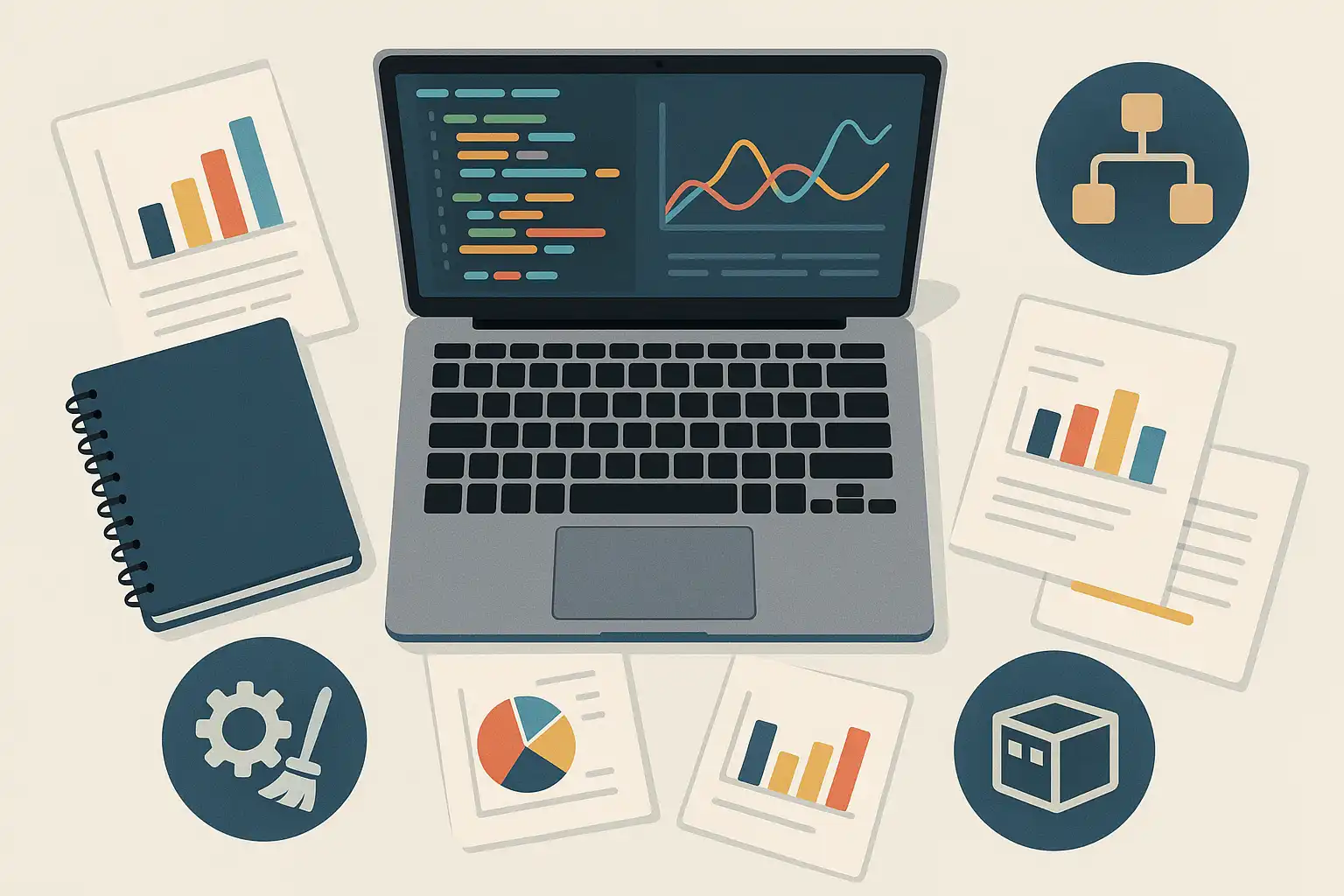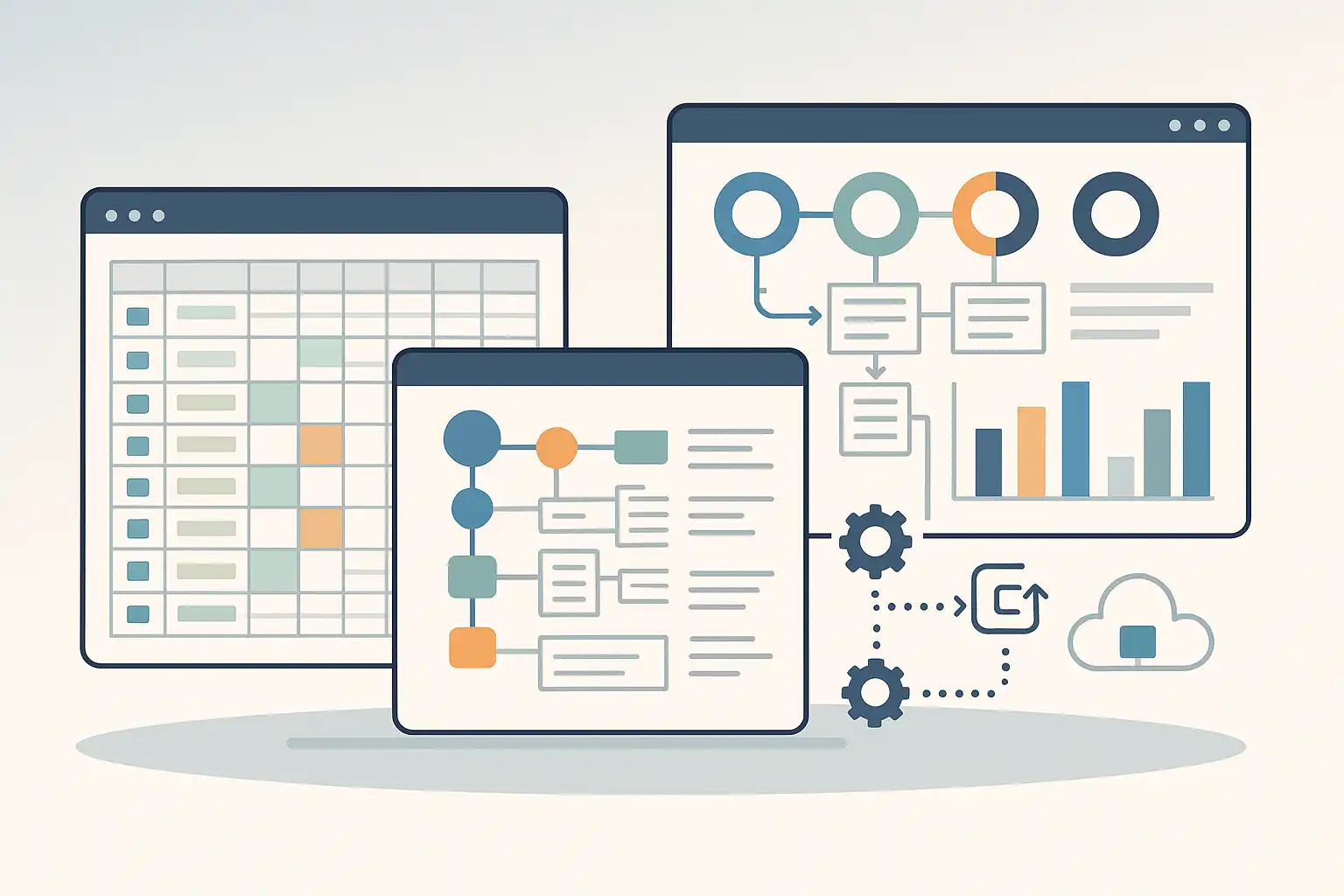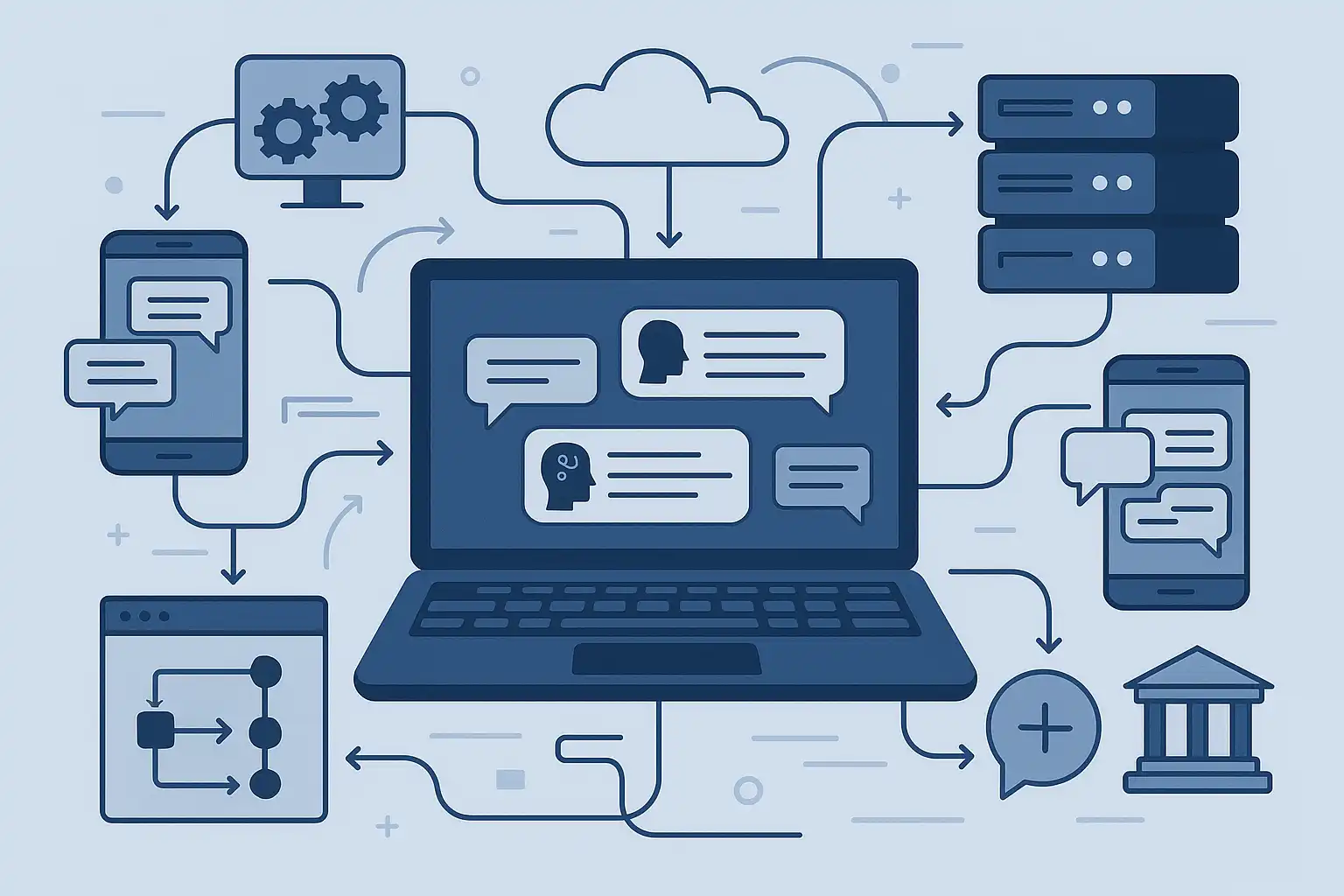Professional Data Labeling Software for High-Quality AI
Professional data labeling software is essential for developing high-quality AI systems, providing the accuracy and consistency required for effective model training. These tools enable teams to efficiently label text, images, audio, and video, ensuring data meets stringent quality standards and minimizing errors or bias. Key features to seek include multi-format support, customizable annotation guidelines, complex tagging structures, multi-annotator workflows, robust quality control, workflow management, automation integration, and continuous feedback. Such capabilities streamline annotation, enhance scalability, and support both manual and automated labeling. Top brands like Labelbox, Scale AI, SuperAnnotate, Snorkel Flow, and Amazon SageMaker Ground Truth offer flexible workflows and integrations for efficient data management. Best practices for software selection include evaluating data type support, workflow efficiency, scalability, integration options, and quality control mechanisms. Quality assurance is strengthened by involving multiple annotators and leveraging automated pre-labeling with human review. This human-in-the-loop approach ensures reliable, unbiased datasets, critical in high-stakes industries like healthcare and autonomous vehicles. Ultimately, professional data labeling software underpins AI success by delivering precise, well-annotated datasets, driving superior model performance and trustworthy results.










